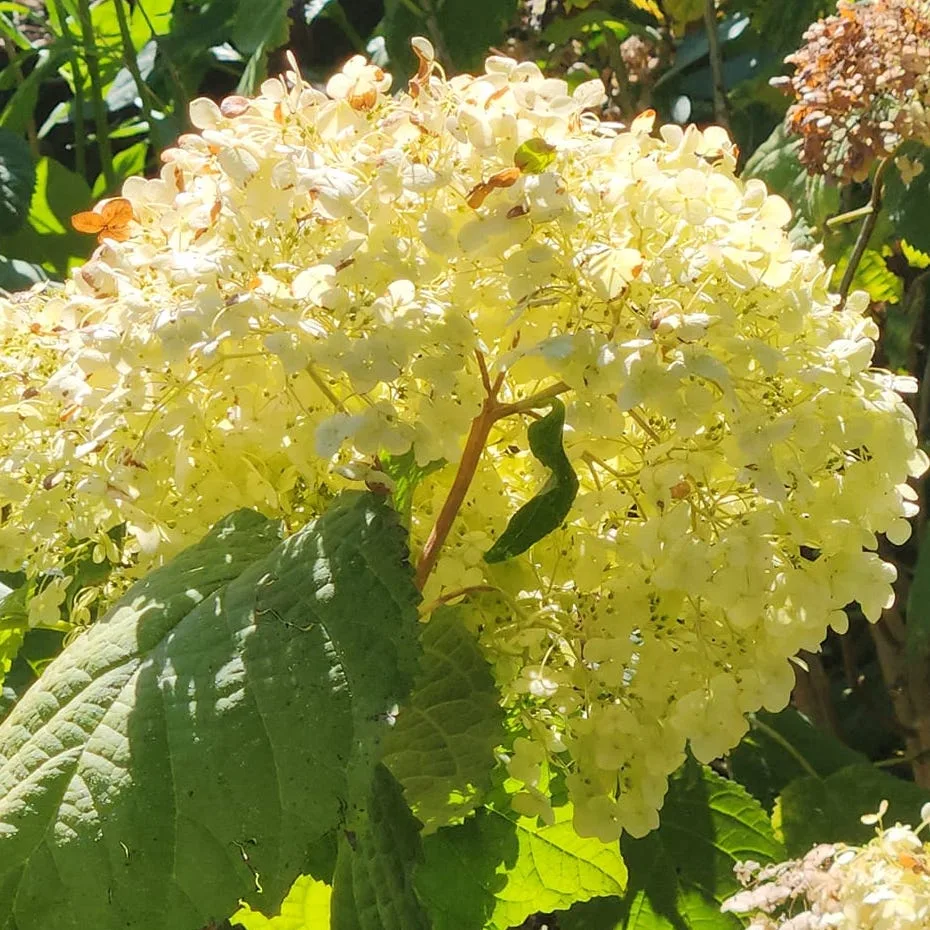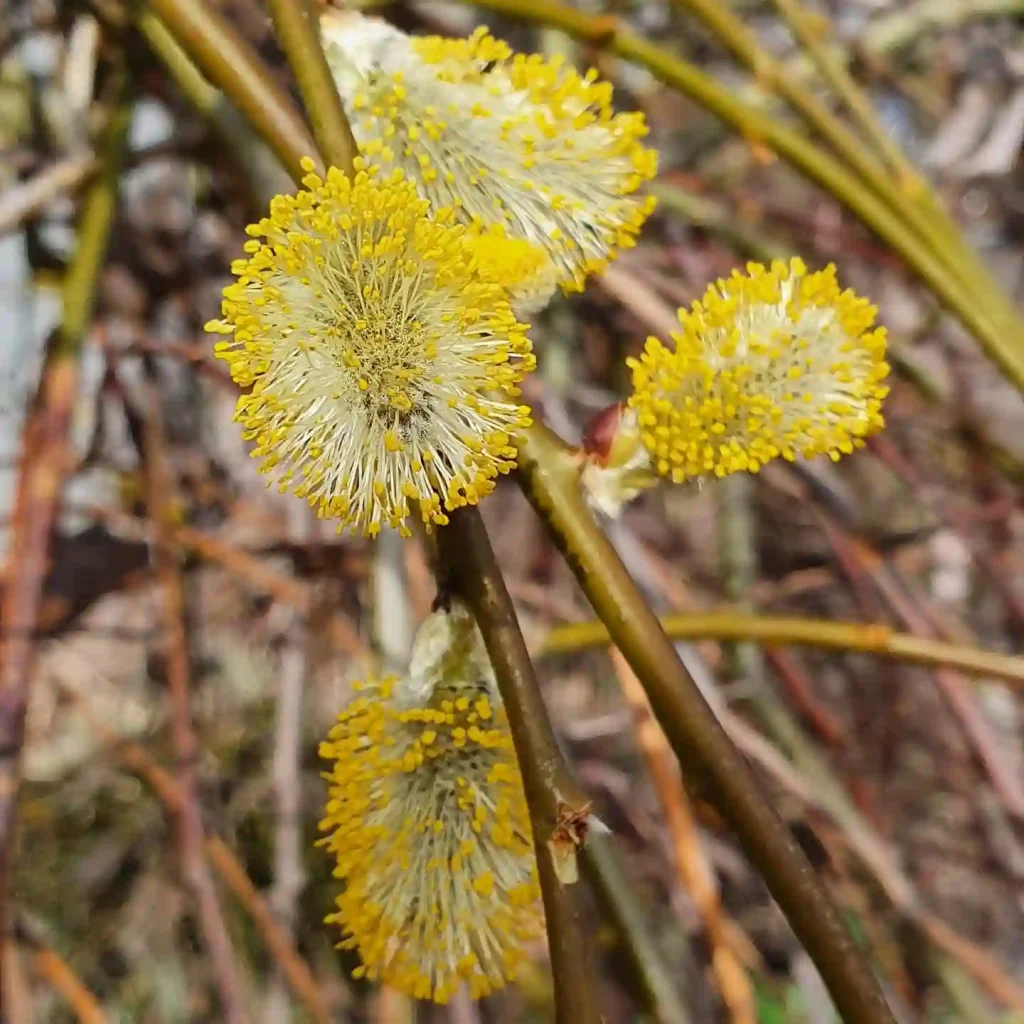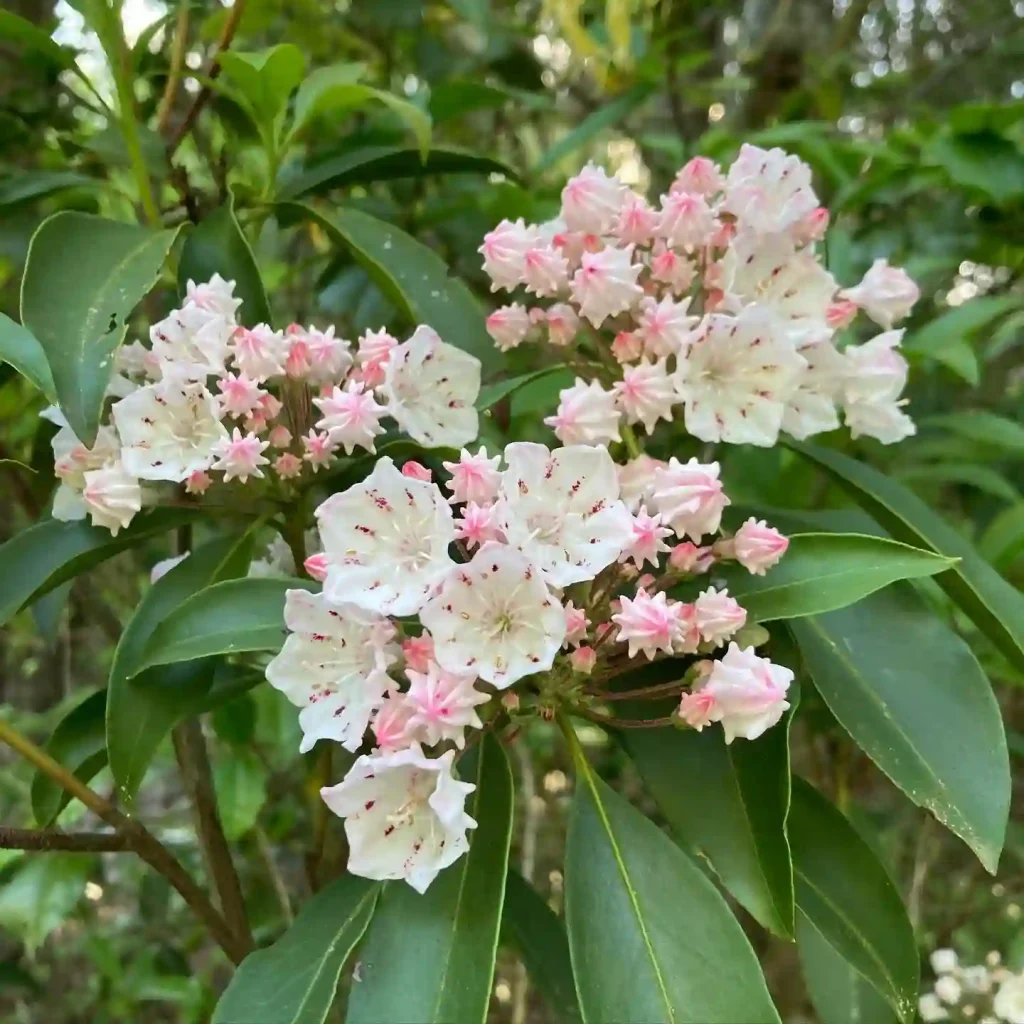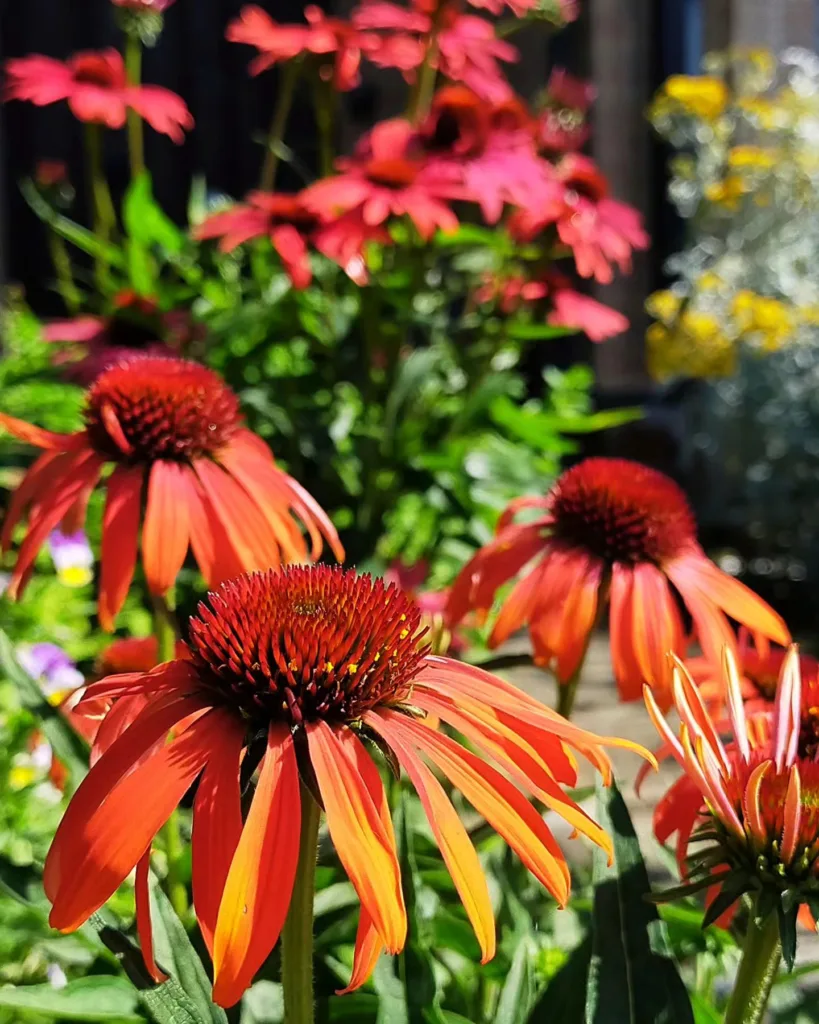Exploring the Frankeniaceae Family: My Journey with Frankenia
The Frankeniaceae family, often overlooked by many plant enthusiasts, has always intrigued me. It’s not the flashiest family, but its resilience and adaptability make it stand out. When diving deeper into this family, I found it especially fascinating how the plants thrive in some of the harshest environments. The primary genus of interest in this family is Frankenia. Today, I’ll share my experience with the Frankeniaceae family, focusing on the Frankenia genus and why these plants deserve more attention from plant lovers like myself.
What is the Frankeniaceae Family?
The Frankeniaceae family consists of small flowering plants, mainly found in coastal and saline environments. As someone who’s always admired the beauty of plants that can endure extreme conditions, the Frankeniaceae’s adaptability caught my attention. Members of this family are well-equipped to handle drought, saline soil, and windy coastal areas, which makes them perfect for xeriscaping or anyone with a passion for plants that can survive the elements.
The family is small, with the Frankenia genus being the most notable. Frankenia plants are known for their ability to thrive in areas where many other plants would struggle to survive. This feature immediately made me want to explore them further.
My Experience with the Frankenia Genus
The Frankenia genus consists of around 80 species, and while I haven’t had the opportunity to experience every single one, I’ve grown particularly fond of a few species that have made their way into my garden.
Frankenia laevis
One of the first Frankenia plants I experimented with was Frankenia laevis, commonly known as Sea Heath. This low-growing plant with its delicate pink flowers adds a subtle charm to any garden. What initially drew me to this species was its salt tolerance. I live near the coast, and my soil tends to have higher salinity levels than typical inland gardens. However, Frankenia laevis flourished where other plants struggled, and its compact, mat-forming habit makes it a fantastic ground cover for rock gardens.
I noticed that the plant needs minimal maintenance. Once established, it handled the saline soil and occasional dry spells like a champion. If you’re into landscaping that doesn’t require constant watering, Frankenia laevis is a perfect choice.
Frankenia thymifolia
Another species that stands out to me is Frankenia thymifolia, or Thyme-leaved Frankenia. Unlike Frankenia laevis, this species has a more upright, bushy growth habit. The delicate, pale purple flowers are striking against the green foliage, and they emit a faint, pleasant fragrance.
I found Frankenia thymifolia ideal for coastal gardens and areas where the soil drains quickly. What’s great about this plant is that it attracts pollinators, which is a bonus for anyone trying to create a more sustainable and eco-friendly garden. It’s a tough little plant that performs well even in rocky, poor-quality soils—conditions that would challenge other species. This hardiness is one of the reasons I’m so drawn to the Frankeniaceae family. It’s not just about the aesthetic; it’s about the endurance and adaptability of these plants.
Frankeniaceae’s Role in Xeriscaping and Sustainability
In recent years, I’ve become more conscious of the need for sustainable gardening, particularly in areas where water scarcity is an issue. Frankeniaceae plants are prime candidates for xeriscaping due to their drought tolerance. They don’t require constant irrigation and perform well even in less-than-ideal soil conditions.
When I redesigned parts of my garden with sustainability in mind, I integrated a variety of Frankenia species. They not only survived but thrived in areas where water-hungry plants would have faltered. Plus, the low maintenance requirements meant I could focus on other garden projects without worrying too much about these hardy plants.
Other Genera in Frankeniaceae
Although Frankenia is the most prominent genus in this family, it’s worth mentioning that there are a few other genera. However, in my personal experience and research, they don’t hold the same horticultural value as Frankenia. This genus stands out for its ability to be both aesthetically pleasing and highly functional in challenging environments. I think this speaks to the broader theme of resilient plants and their importance in gardening today.
Challenges with Frankenia
Of course, no plant is without its challenges. One thing I noticed with Frankenia is that while they thrive in poor soils, they don’t like overly rich, organic matter-heavy soils. When I planted Frankenia laevis in a part of my garden that had previously been home to more nutrient-loving plants, it didn’t do as well. These plants are adapted to leaner conditions, so it’s important to match them with the right environment.
Another challenge is that these plants aren’t always easy to find in nurseries, especially if you’re looking for more uncommon species. I had to seek out specialty suppliers to get my hands on some of the plants I wanted. That said, once established, they are worth the effort and provide lasting beauty without requiring much from you in return.
Why the Frankeniaceae Family Deserves More Recognition
In my experience, the Frankeniaceae family, especially the Frankenia genus, deserves more recognition among plant enthusiasts. These plants offer so much more than meets the eye. Their ability to thrive in tough conditions, their contribution to sustainable gardening practices, and their subtle beauty make them a hidden gem in the plant world.
If you’re like me and enjoy exploring resilient, low-maintenance plants that can add both function and form to your garden, I highly recommend giving the Frankeniaceae family a closer look. Whether you’re battling poor soil, high salinity, or looking to create a more sustainable garden, this family has something special to offer. For me, incorporating Frankenia species into my garden has been a rewarding experience that I hope more people will come to appreciate.
If i die, water my plants!



